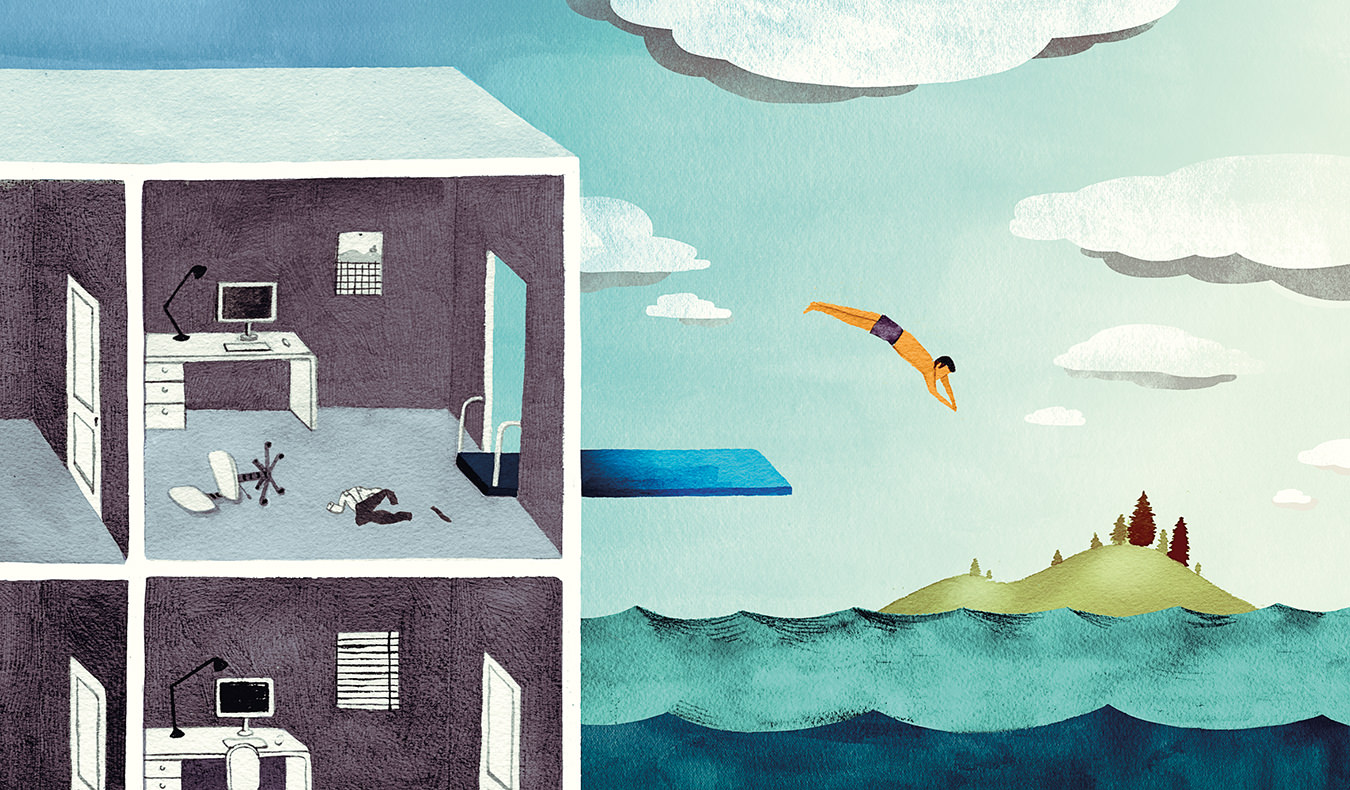A UNESCO Trilogy Experience in Western Newfoundland and Labrador
How Vikings, Basque whaling, and plate tectonics made the Canadian UNESCO World Heritage Convention list.
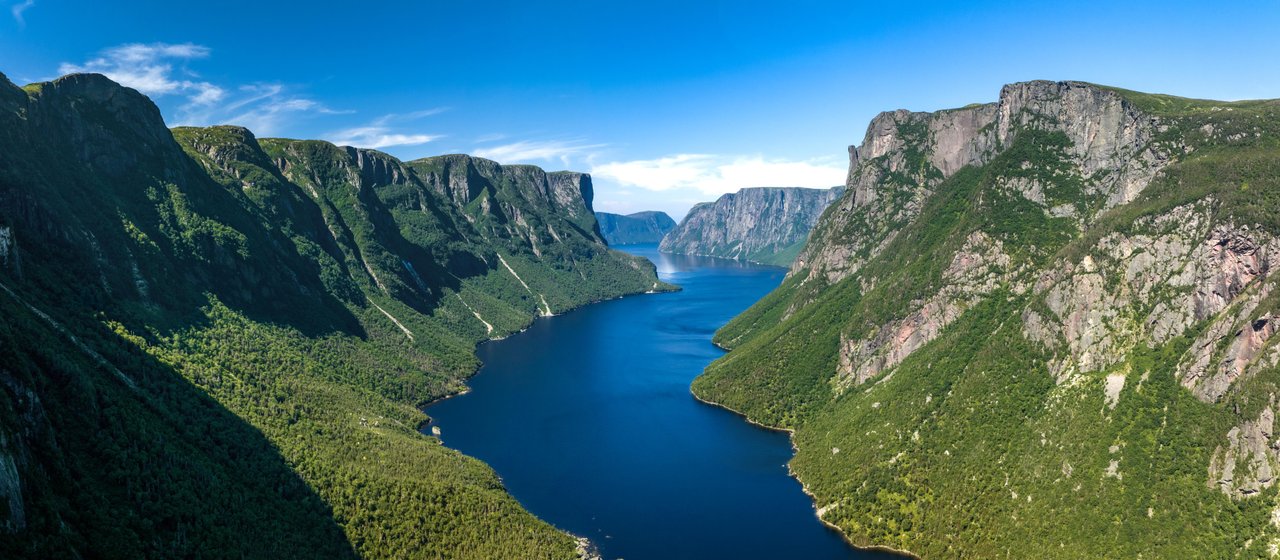
Photo by Dru Kennedy
When you hear the word trilogy, most people think about The Original Star Wars, The Lord of the Rings or The Godfather. But on the East Coast of Canada, in Western Newfoundland and Labrador, there’s a UNESCO trilogy set based on its scenic wonderland of vast landscapes matched by its historical significance. Gros Morne National Park and L’Anse aux Meadows National Historic Site are located on the west coast of Newfoundland, and Red Bay National Historic Site is in Labrador.
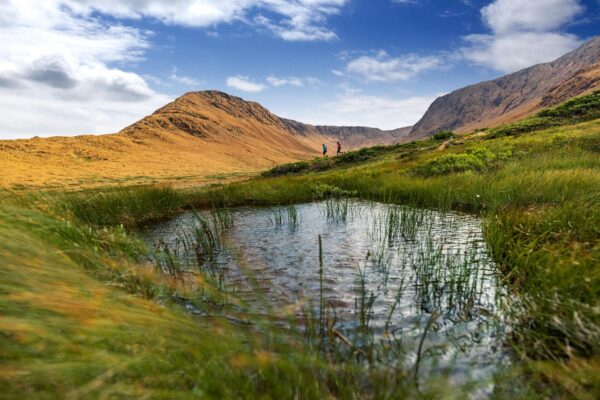
Photo by Dru Kennedy
Gros Morne National Park: Tablelands and Western Brook Pond
From towering mountains to dramatic fjords, beaches, and a landscape that was scoured by glaciers and shaped by continents colliding, Gros Morne National Park became a UNESCO World Heritage Site in 1987. Designated because of its natural beauty, it is one of the best examples of the theory of plate tectonics.
The Tablelands’ distinctive red landscape reveals areas of exposed Earth’s mantle that was thrust up by the collision of tectonic plates 500 million years ago. Tablelands is one of the few places in the world where you can walk on the Earth’s mantle. Traverse this unique landscape with a guide or hike Tableland Trail on your own.
Moving from land to water, a three-kilometre stroll along a scenic trail leads to a dock where a Western Brook Pond boat tour takes you through the fjord. Carved by glaciers, it features 600-metre waterfalls, billion-year-old cliffs, and fish such as Atlantic salmon, brook trout, and Artic char.
___
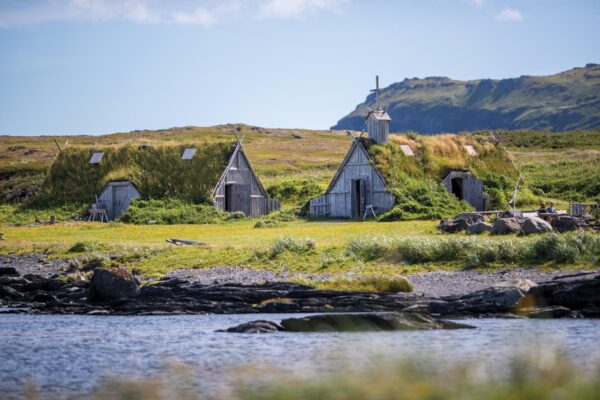
Photo by Dru Kennedy
L’Anse aux Meadows National Historic Site
Discover your inner Viking at L’Anse aux Meadows National Historic Site. It was discovered in 1960 by the Norwegian explorer Helge Ingstad and his archaeologist wife, Ann Stine, proving that Vikings from Greenland and Iceland had reached Newfoundland’s Great Northern Peninsula around 985 AD. The archaeological remains of the timber and sod buildings are the earliest known European structures in North America and also the site of the first known ironworks in the new world.
It was declared a UNESCO World Heritage Site in 1978, making it the only authenticated Norse site in North America.
You can gather in one of the sod buildings, where Parks Canada guides will regale you with tales from The Vinland Sagas such as ones about Erik the Red and his son, Leif Erikson, who discovered Vinland, which has been the area around the Gulf of Saint Lawrence.
In the main hall, you can see excavated Norse artifacts. Outside, wander along coastal, bog, and cliff hiking trails and explore the archeological remains of the Viking encampment.
___
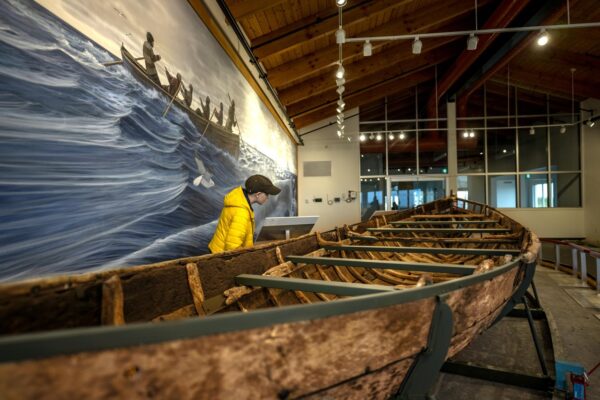
Photo by Chris Crockwell
Red Bay Basque Whaling Station
Accessible via ferry from St. Barbe, Newfoundland, to Blanc Sablon, Quebec, followed by a one-hour trip along the Labrador Coastal Drive, Red Bay National Historic Site is an extensive example of early industrial-scale whaling. It was designated a historic site in 1979 and became a World Heritage Site in 2013 for being the best-preserved representation of Basque whaling anywhere in the world.
Visitors can see original Basque artifacts at the Parks Canada interpretation centre, along with a restored chalupa—the oldest known whaling boat in the world, which sat at the bottom of Red Bay, in Labrador’s ice-cold waters, for more than 400 years. A boat tour takes you to Saddle Island where archaeological remains depict Basque whaling traditions. Explore Boney Shore Trail where whale bones can be seen at the end of a leisurely hike.
Red Bay became the first large-scale whale oil production site in the world when Basques whalers arrived from Spain and France in the 16th century with at least 15 ships. The Basques processed the blubber into oil, purified it, and took the finished product back to Europe, where it was used in oil lamps.
Photographs courtesy of Newfoundland and Labrador Tourism.

